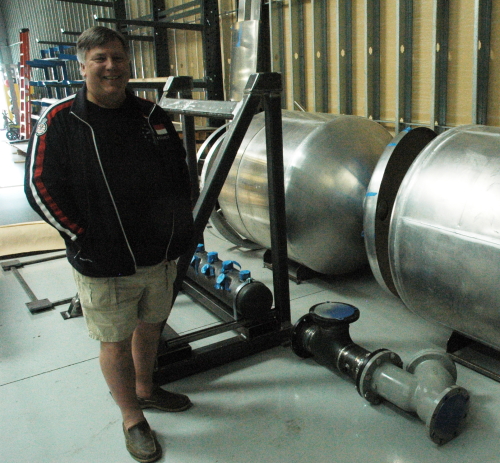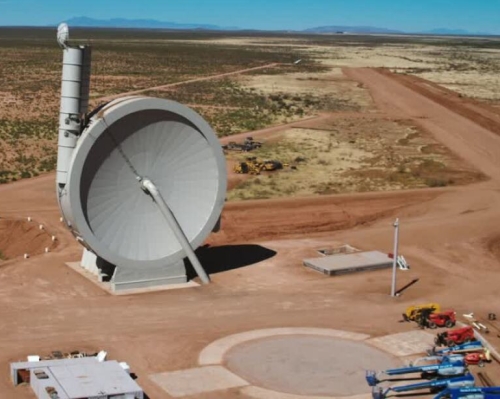Boeing and NASA set May 19th for second Starliner unmanned demo launch
NASA yesterday announced May 19th as the new launch date for Boeing’s second attempt to complete the first unmanned Starliner demo mission to ISS.
The uncrewed mission will test the end-to-end capabilities of the Starliner spacecraft and Atlas V rocket from launch to docking and return to Earth at one of five designated landing zones in the western United States. Following a successful completion of the OFT-2 mission, NASA and Boeing will determine a launch window for NASA’s Boeing Crew Flight Test (CFT), Starliner’s first flight with astronauts aboard.
The first unmanned demo flight in December 2019 failed to dock with ISS and had to be cut short due to serious software issues. The launch of the second unmanned demo flight was scrubbed mere hours before launch in August of 2021 due to serious valve issues.
Thus, Boeing’s manned capsule is more than two years behind schedule. Not only has Boeing had to pay more than $400 million for a second demo mission, the delays have caused a lot of business with NASA and with tourists to instead go to SpaceX. Hopefully, the company has finally fixed all issues and will succeed and begin manned operations later this year.
NASA yesterday announced May 19th as the new launch date for Boeing’s second attempt to complete the first unmanned Starliner demo mission to ISS.
The uncrewed mission will test the end-to-end capabilities of the Starliner spacecraft and Atlas V rocket from launch to docking and return to Earth at one of five designated landing zones in the western United States. Following a successful completion of the OFT-2 mission, NASA and Boeing will determine a launch window for NASA’s Boeing Crew Flight Test (CFT), Starliner’s first flight with astronauts aboard.
The first unmanned demo flight in December 2019 failed to dock with ISS and had to be cut short due to serious software issues. The launch of the second unmanned demo flight was scrubbed mere hours before launch in August of 2021 due to serious valve issues.
Thus, Boeing’s manned capsule is more than two years behind schedule. Not only has Boeing had to pay more than $400 million for a second demo mission, the delays have caused a lot of business with NASA and with tourists to instead go to SpaceX. Hopefully, the company has finally fixed all issues and will succeed and begin manned operations later this year.









